19 paint ideas for hallways – elevate your space with clever tricks and lustworthy shades
How to transform your entryway with clever paint techniques and pretty shades
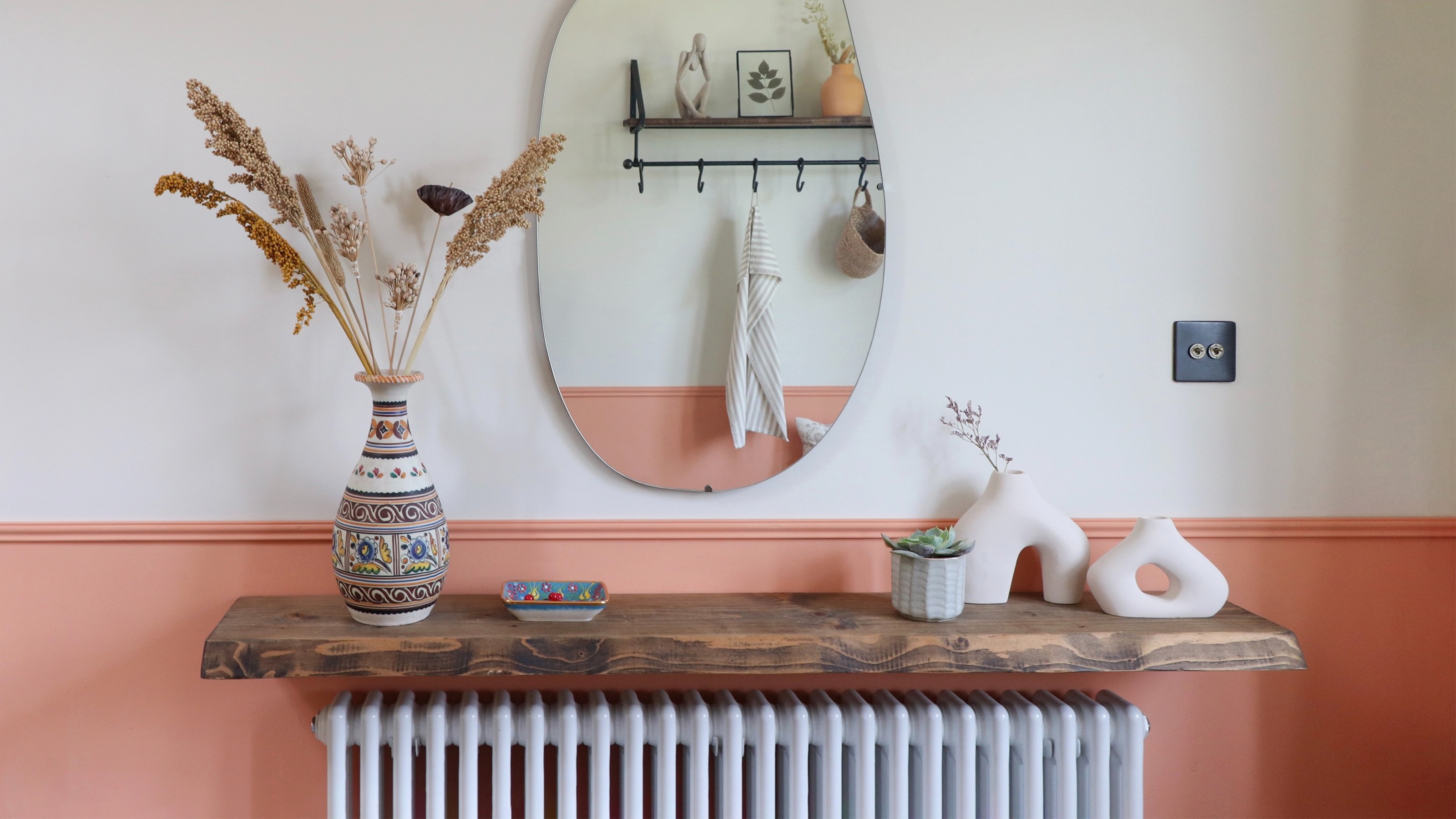

Hallways set the tone for our homes – it’s the first room that we and our guests are greeted with when we step inside the house and it’s also the last thing we see when we leave it. So the hallway deserves some serious TLC for all the work it’s putting in – and colour is one of the best ways to elevate any room, but especially one as tiny as most hallways are. And what better way to inject colour into the entryway than with some stylish hallway paint ideas?
From clever optical paint tricks to the best and on-trend shades, these hallway ideas will transform your entryway into the pride and joy of your home. Whether you need to brighten up a dark entryway or make a narrow hallway look wider, our paint ideas and paint experts have the answer and the solution.
Hallway paint ideas
‘Your hallway should never be overlooked, it’s the first room that welcomes you home,’ confirms Tash Bradley, Lick's director of interior design and colour psychologist.
Vicky Yardley, founder of eco paint company Victory Colours, adds, ‘Hallways offer a great opportunity to experiment with paint techniques.’ And there are several creative paint trends and methods that you can incorporate into your hallway.
1. Opt for a pale colour over white
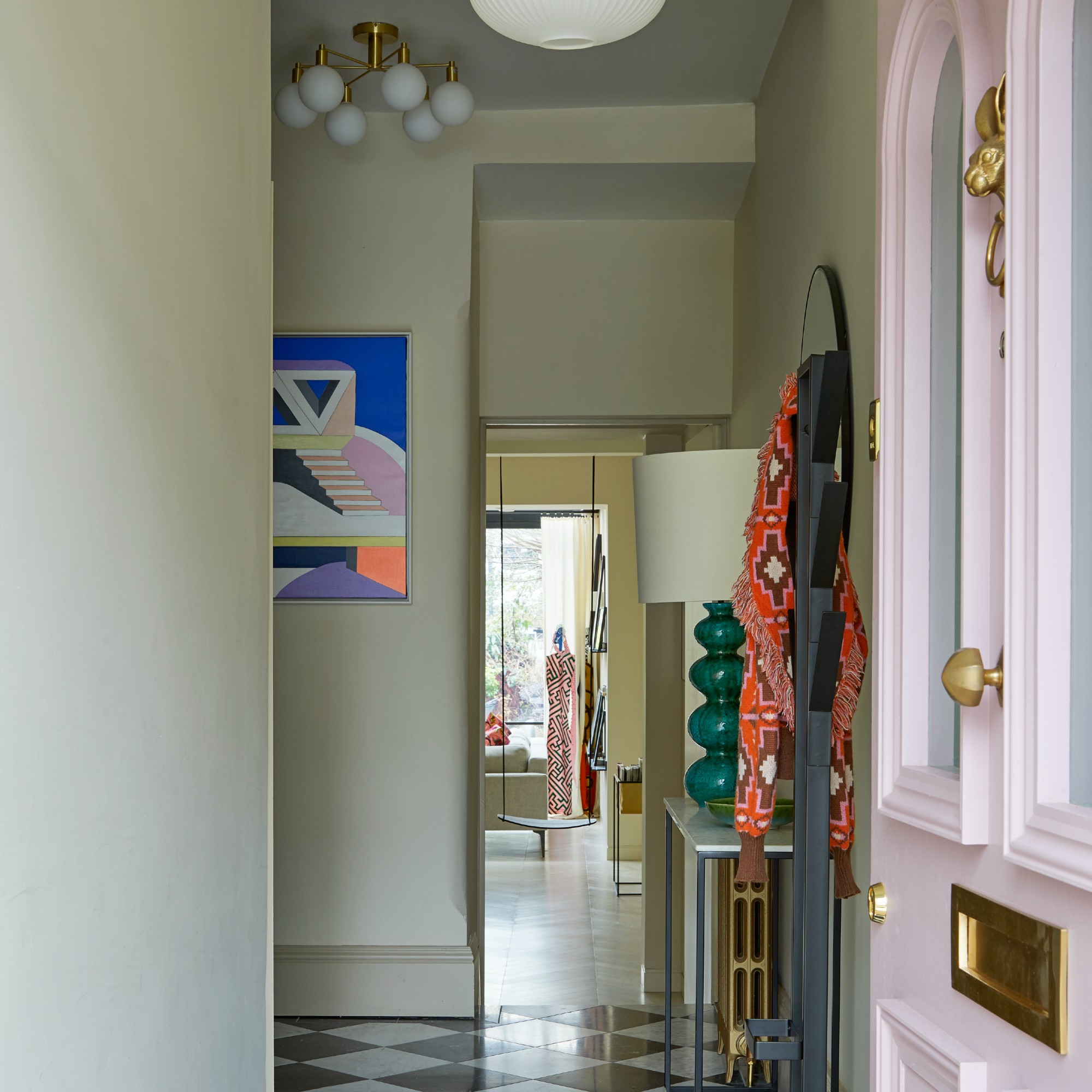
While white paint is the default choice for most rooms in the home, hallways are the one room that we would recommend steering clear of when it comes to white.
‘We recommend avoiding white in hallways to prevent a clinical, “corridor-like” feel often associated with public spaces,’ says Michael Rolland, paint expert and managing director of The Paint Shed.
White is also not the most practical of colours in a hallway due to the high traffic that can result in lots of scuff marks on your walls. Instead, go for pale shades and neutrals.
Get the Ideal Home Newsletter
Sign up to our newsletter for style and decor inspiration, house makeovers, project advice and more.
‘Using pale colours as an alternative to white, which can feel quite clinical and cold, creates a fresh and soothing atmosphere that enhances the natural light within a space,’ says Cathryn Sanders, head of creative at Earthborn. ‘Soft pastels and light neutrals help to make a space feel brighter and more welcoming as they add natural warmth to a space, which can often be lost with white. Instead of white, try opting for soft blues and greens that introduce a sense of calm thanks to their links to the natural world.’
Marianne Shillingford, creative director and colour expert at Dulux, adds, ‘If you want a hallway to look less cramped and claustrophobic rather than using white, choose pale blues or greens which are receding colours that connect with nature and make small spaces appear much bigger than they really are.’
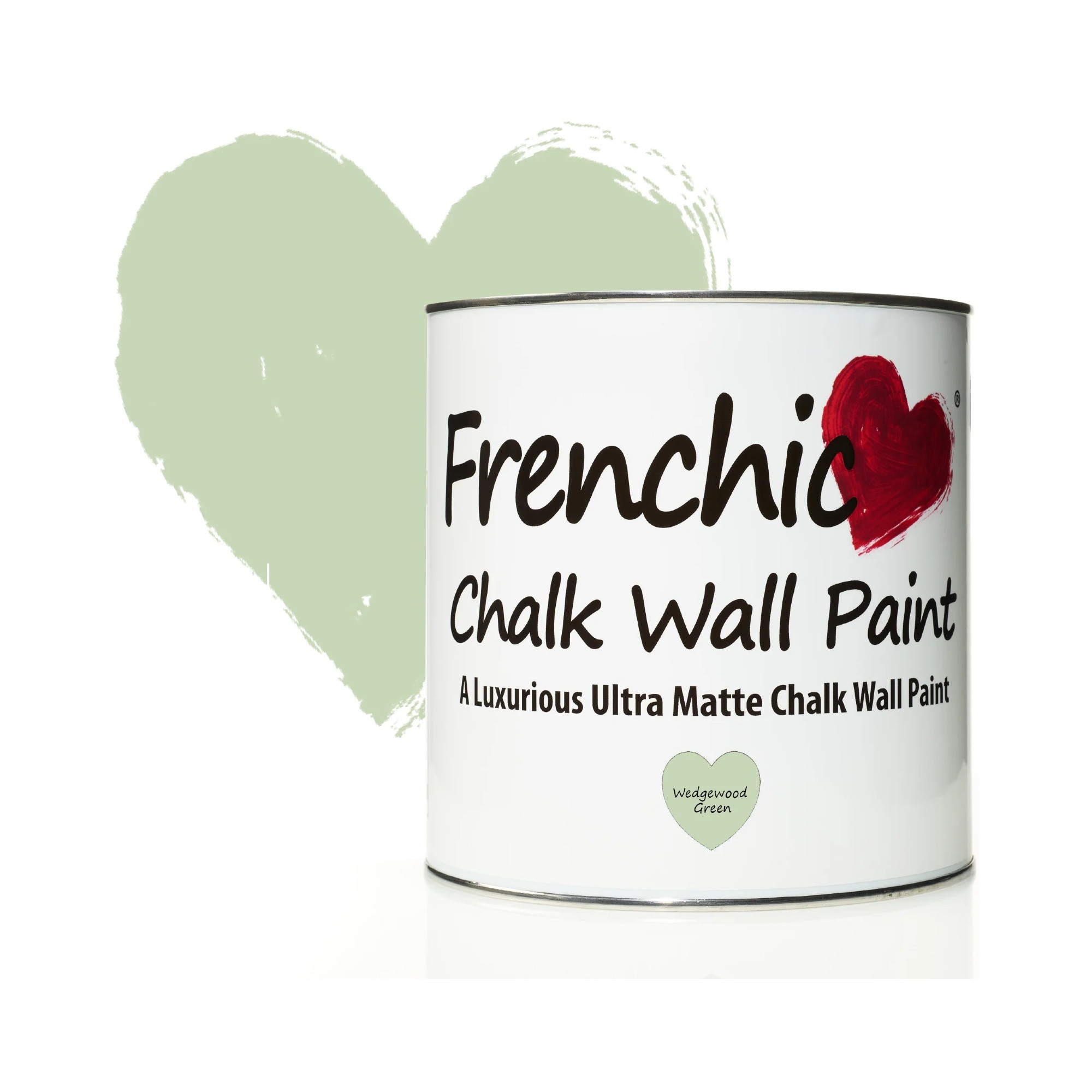
Frenchic's Wedgewood Green is the perfect soft green shade that epitomises biophilic design ideas of bringing the outdoors in. Not to mention it's been voted the best washable wall paint so if any scuffs appear, you can easily get rid of them.
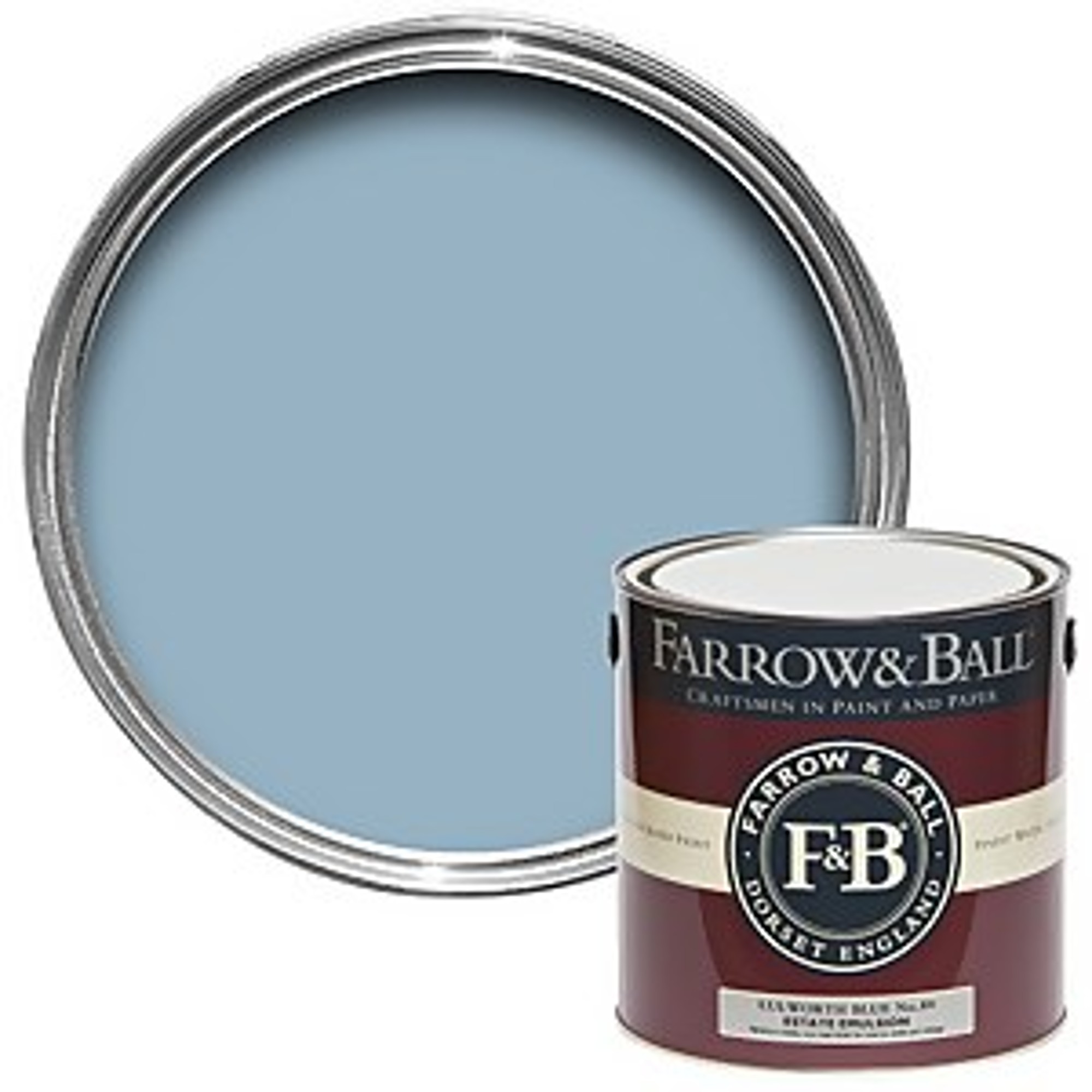
Why not paint your hallway the colour of the sky with the help of Farrow & Ball's Lulworth Blue? And the matt chalky finish minimises imperfections so you don't have to worry about that.

One of the trending summer green shades, pistachio green like the Dulux Willow Tree is the perfect shade for a hallway - it's fresh and it connects the indoors with the outdoors seamlessly.
2. Go for soft, warm shades when lacking natural light
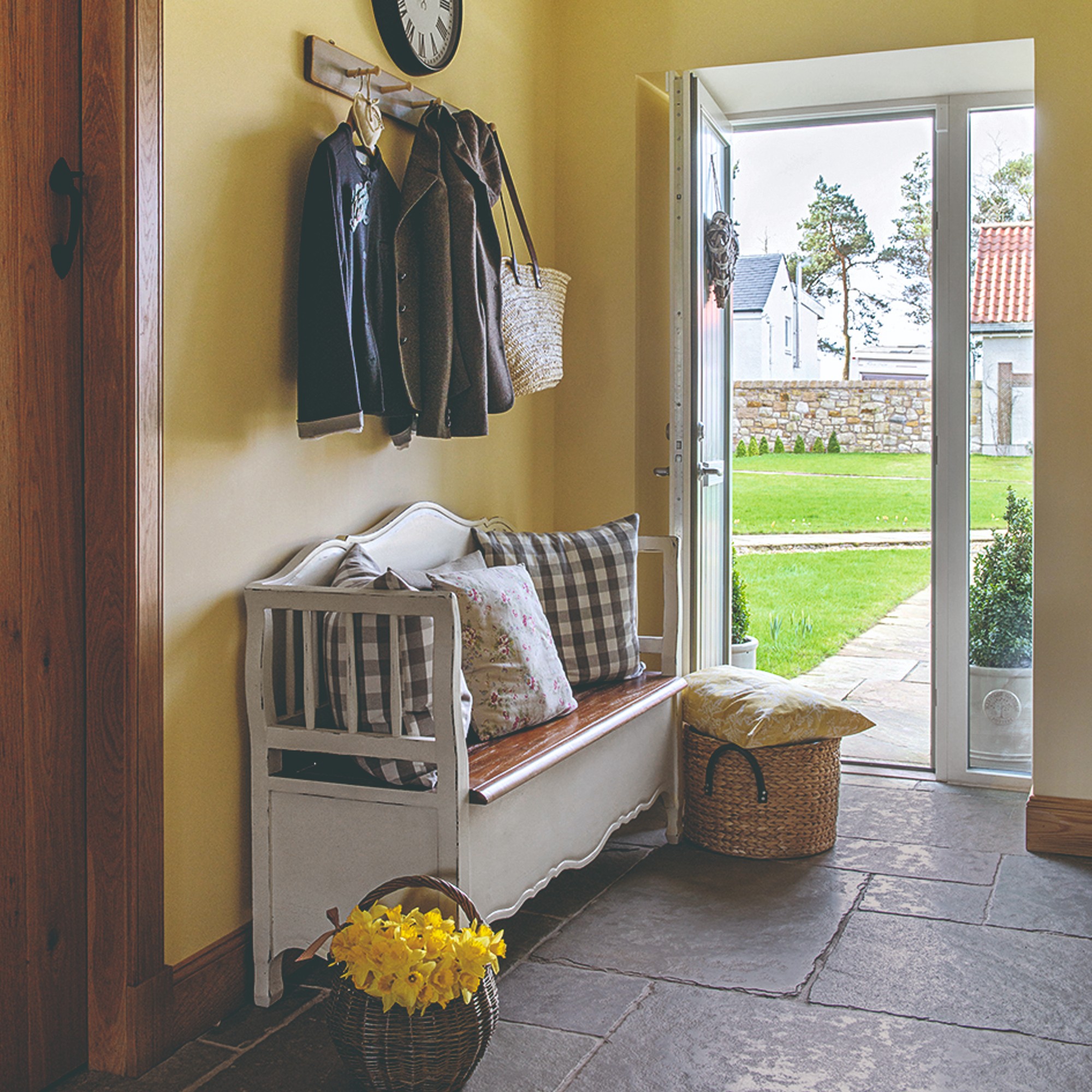
If your entryway is not one with a lot of natural light and you’re looking for ways to lighten your dark hallway, then going for soft shades of paint with warm undertones on the walls is your best bet.
‘For hallways lacking natural light, I recommend opting for warmer, light-reflecting shades like soft apricots, warm greys, or pale yellows. These colours add warmth and help brighten the space without relying on sunlight. A soft blush pink can also work wonderfully, adding a gentle, inviting glow,’ Vicky at Victory Colours says.
Michael from The Paint Shed agrees, ‘In hallways without natural light, opt for lighter tones to enhance the illusion of space and prevent a claustrophobic feel in your home. Pale yellows are great choices for mimicking the effect of sunlight, making the hallway feel brighter and more cheerful. Light reflective greys with warm undertones can offer a modern look while preventing the space from feeling dark and enclosed.’
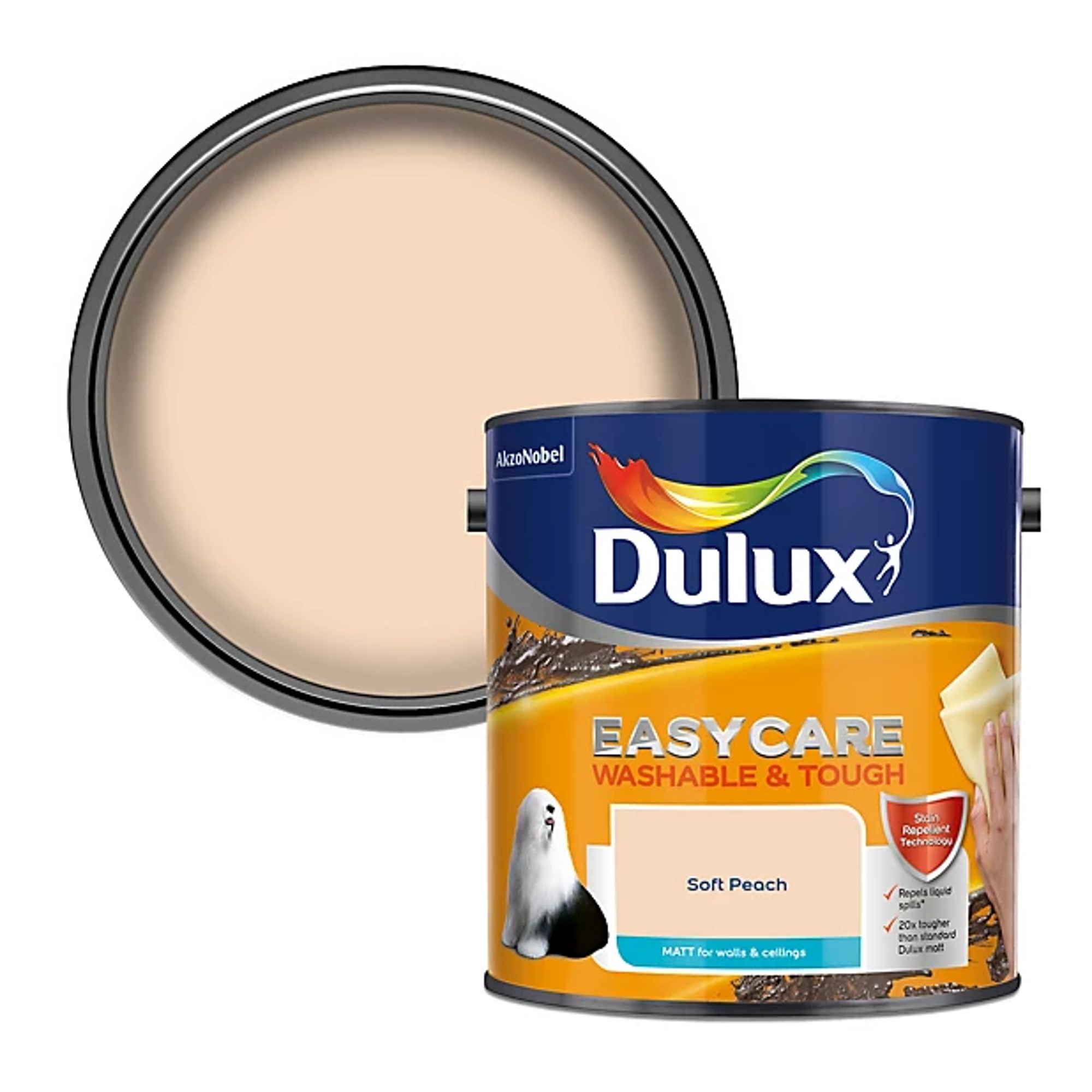
As it happens, this year's Pantone colour of the year is Peach Fuzz, a soft, peach shade blending pink and orange. This Dulux shade perfectly captures the Peach Fuzz shade and it's also ideal for a dark hallway owing to its warmth.
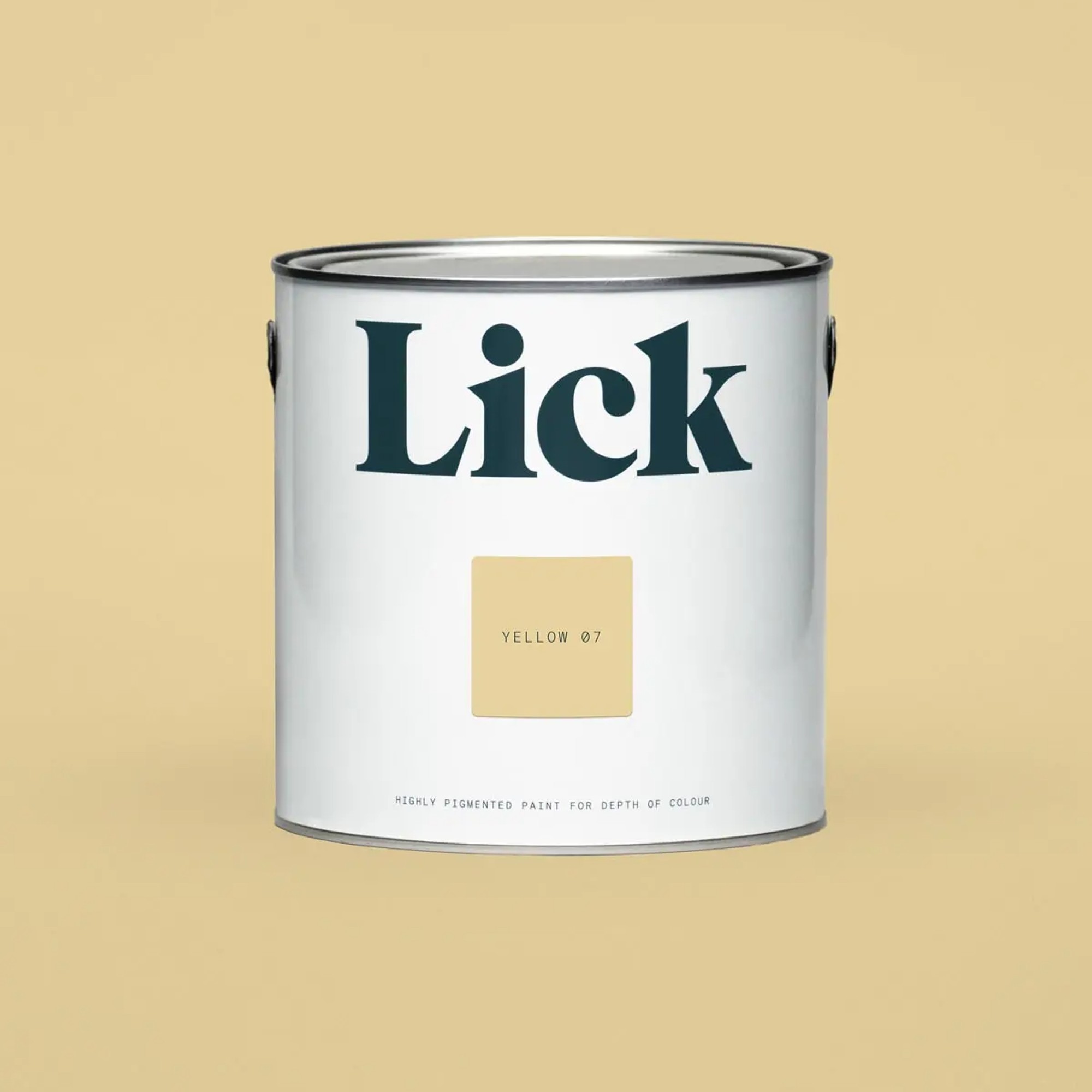
If you're looking for a buttery yellow to partake in the current colour trend and bring some light and warmth into your hallway, we cannot recommend this Lick shade enough. So buttery and delicious!
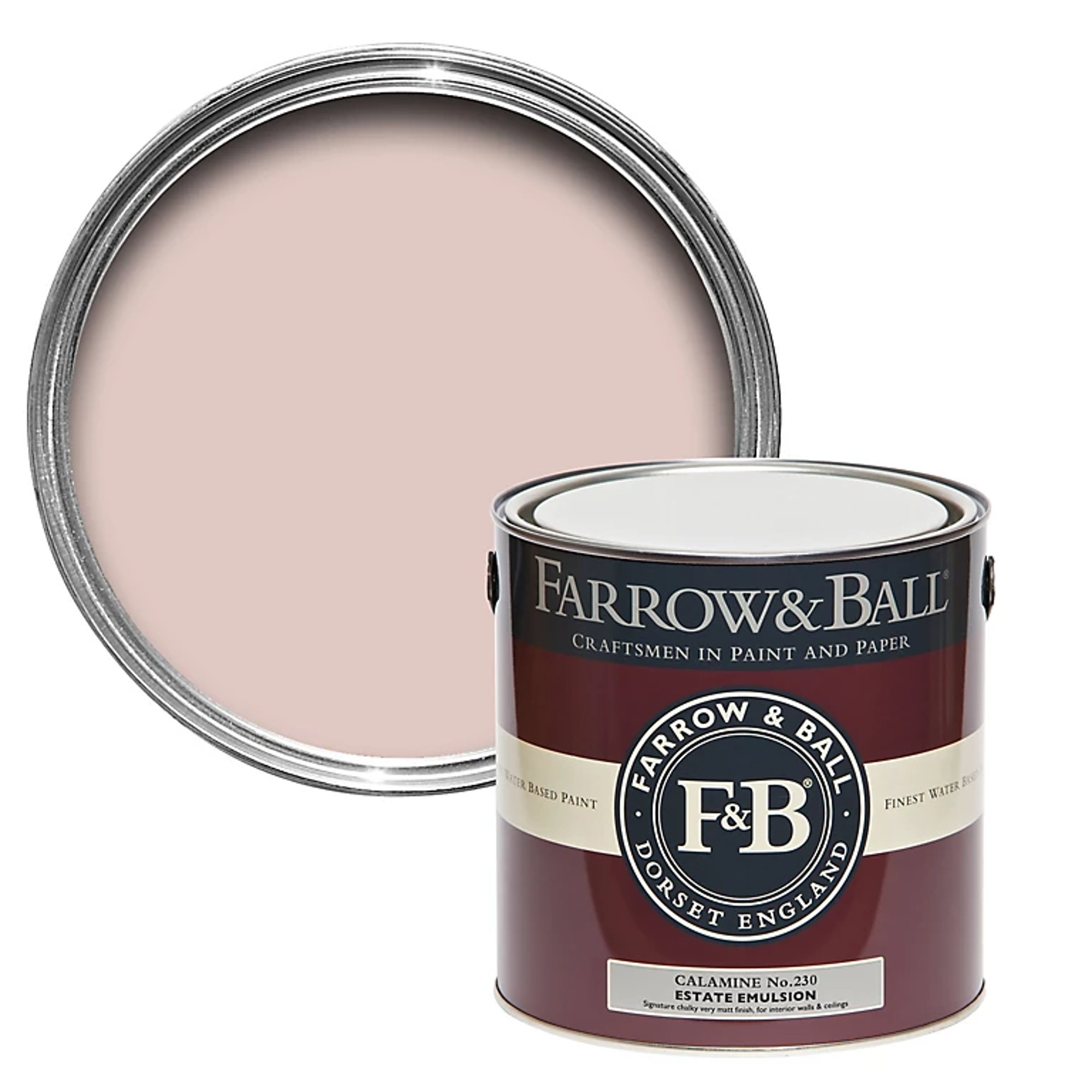
Blush pink like doesn't need to be reserved for baby girl nurseries or even bedrooms, despite this Farrow & Ball paint being named after a lotion that soothes children's rashes and nettle stings. It's a beautifully soft shade that can also brighten up a dark hallway and inject some personality into the room while doing it.
3. Make the skirting boards stand out
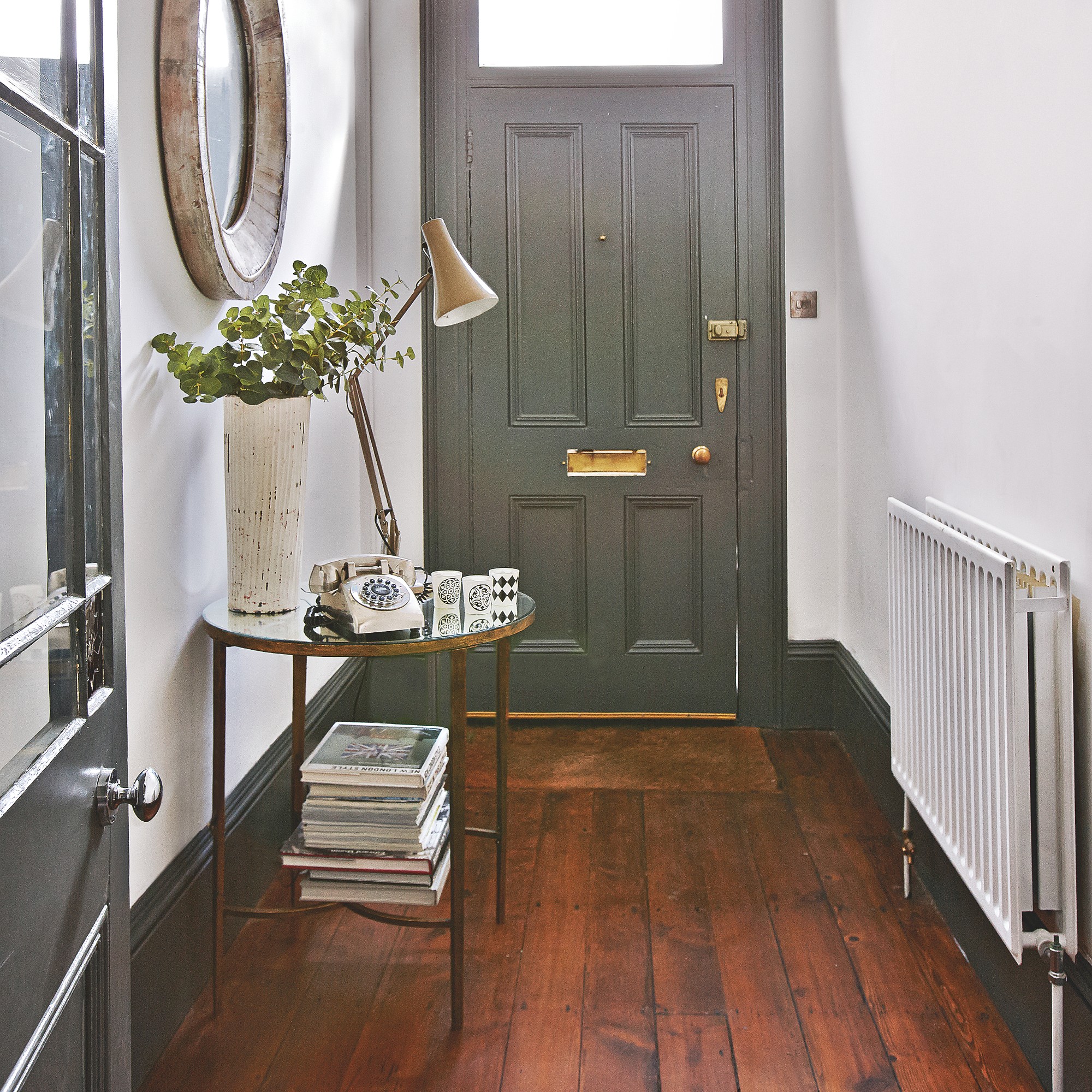
Most hallways tend to be on the smaller side. But one advantage of this is that picking out and lifting up details and smaller features of the room makes a bigger impact. One such example is skirting boards. But as far as skirting board colour ideas go, try to experiment and go for something other than white.
‘Adding accents such as a contrasting skirting board in a complementary colour can give the space character and charm. The key is to choose colours that evoke comfort and warmth, making visitors feel at ease as soon as they enter,’ Vicky at Victory Colours says.
Cathryn at Earthborn adds, ‘Decorating with a bold colour is always a great way of making a style statement. Consider painting accents such as skirting and inside cabinets in a bright hue – a surprise pop of colour is sure to make guests smile.’
4. Use a bold colour on the ceiling
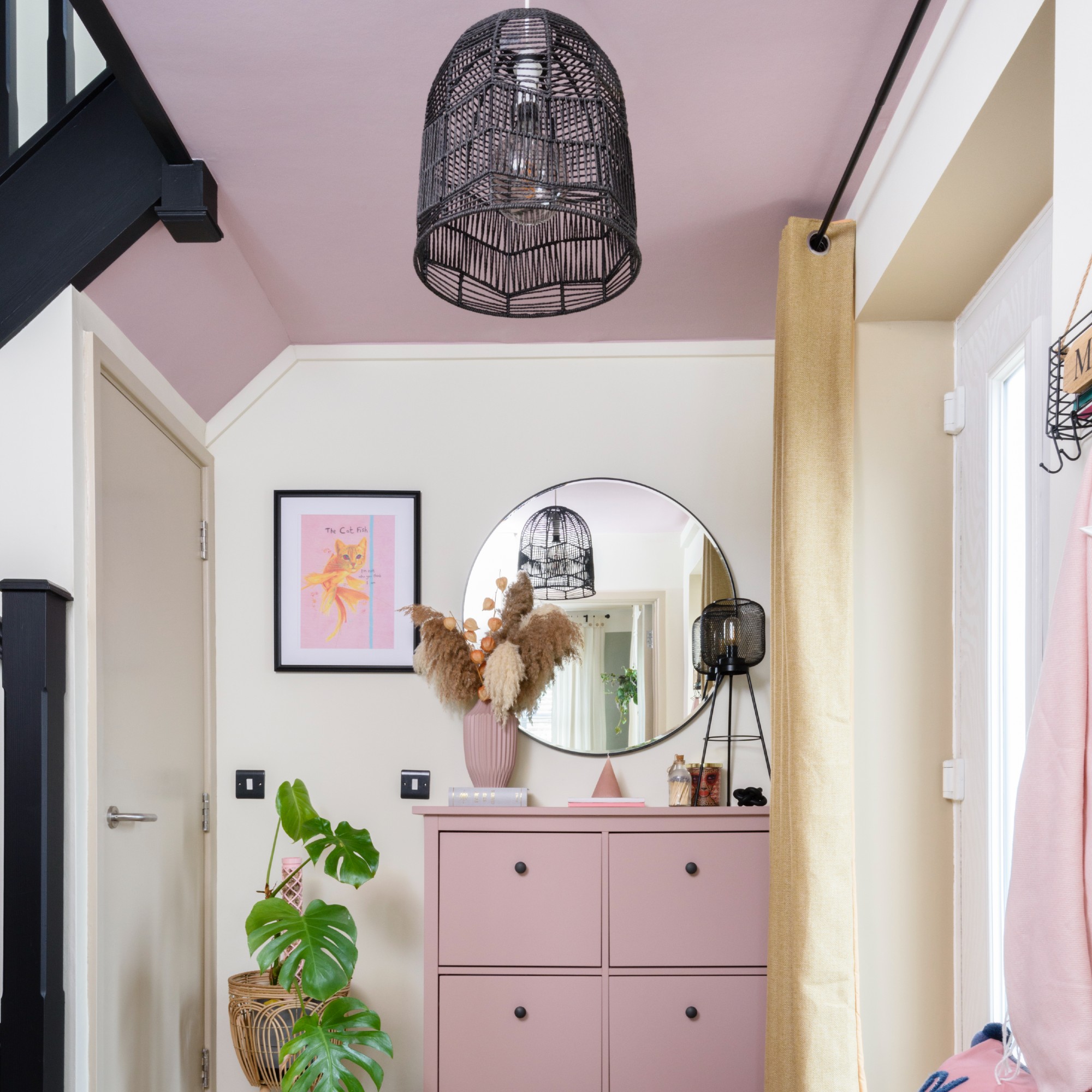
The ceiling is the fifth wall in any room – so it shouldn’t be neglected. Especially since it can provide such an impact if painted in a bold or contrasting colour.
‘Use a bold colour on the ceiling, drawing the eye upwards and making the space feel more expansive,’ Vicky at Victory Colours says.
Cathryn at Earthborn continues, ‘To introduce a touch of colour without being overly distracting, you can also choose to paint your ceiling. Dubbed the "fifth wall", this space offers a unique opportunity to infuse the hallway with subtle hues that enhance the perception of space while maintaining a harmonious atmosphere.’
5. Paint all the way up
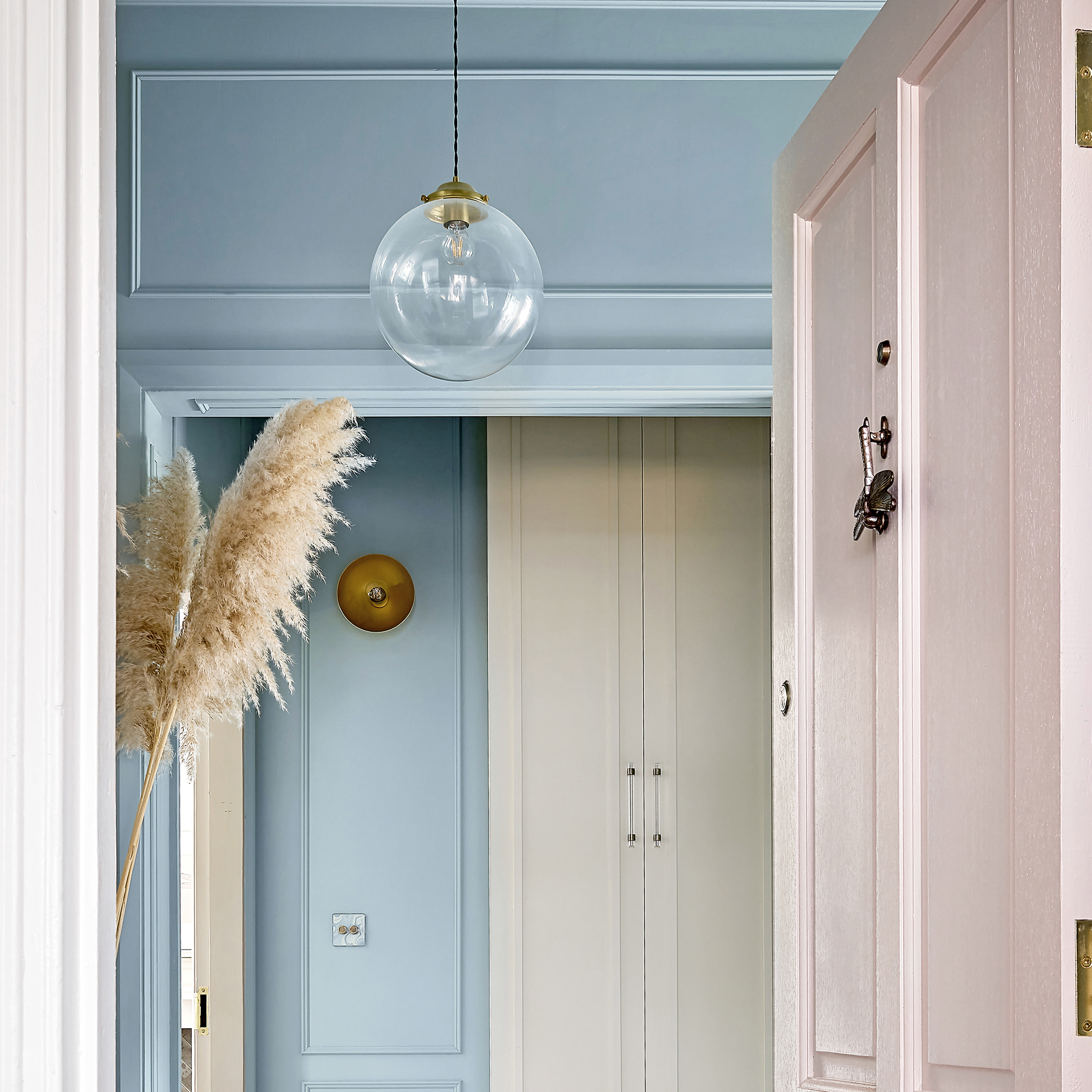
Hallways are notoriously narrow and often dark spaces, so this will affect the colour scheme you choose, and where you paint. An easy way to be playful with the aesthetic of an entryway, as well as enhance the dimensions, is to paint all the way up to the ceiling and architrave.
'Consider colour drenching both the walls and ceiling to create a space that feels uniformed, rather than creating additional busyness by mixing colours or introducing patterned wallpaper,' advises Tom Revill, co-founder of Plank Hardware.
6. Combine light with dark

Struggling to decide on one colour? Go for two.
Dark paint is having a moment and while it can be great for amping up the cosiness of a hallway, it can be a big commitment. Combining with a brighter paint idea is the perfect compromise, and means you get the best of both worlds if you're stuck between two ideas.
'A light colour on the walls can lift a space instantly and give the light something to bounce off,' says Vicki Foster, interior stylist at ScS. 'Darker, richer colours have the tendency to soak in the light which is what makes them perfect for a cosy room. However, if you’re looking to make a space look bigger then it’s best to give your room a fresh lick of paint in a bright, airy colour.'
7. Paint panelling
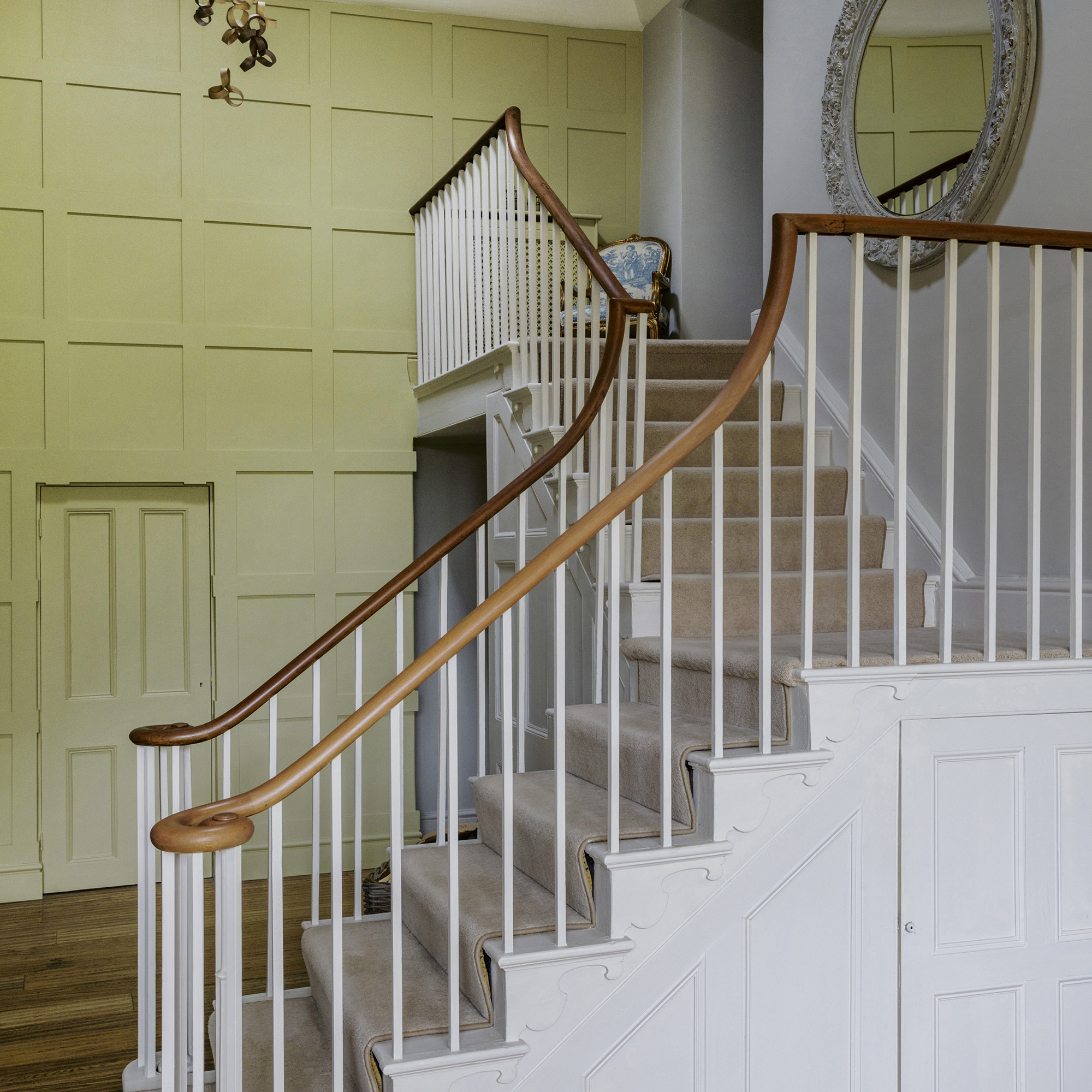
Hallway wall panelling ideas offer ample opportunity for customisation, as you can paint it to a colour of your choosing, making a hallway look professionally designed.
'Wall panels can help you increase the light bouncing around the area and open up your hallway, making it appear bigger than it is,' recommends Dominic Walsh, managing director at Off the Grain.
Whether you choose to go for a statement navy paint or keep it pared-back with a light sage green, the entrance to your home will easily feel like the lobby of a chic boutique hotel.
8. Go bold and dark
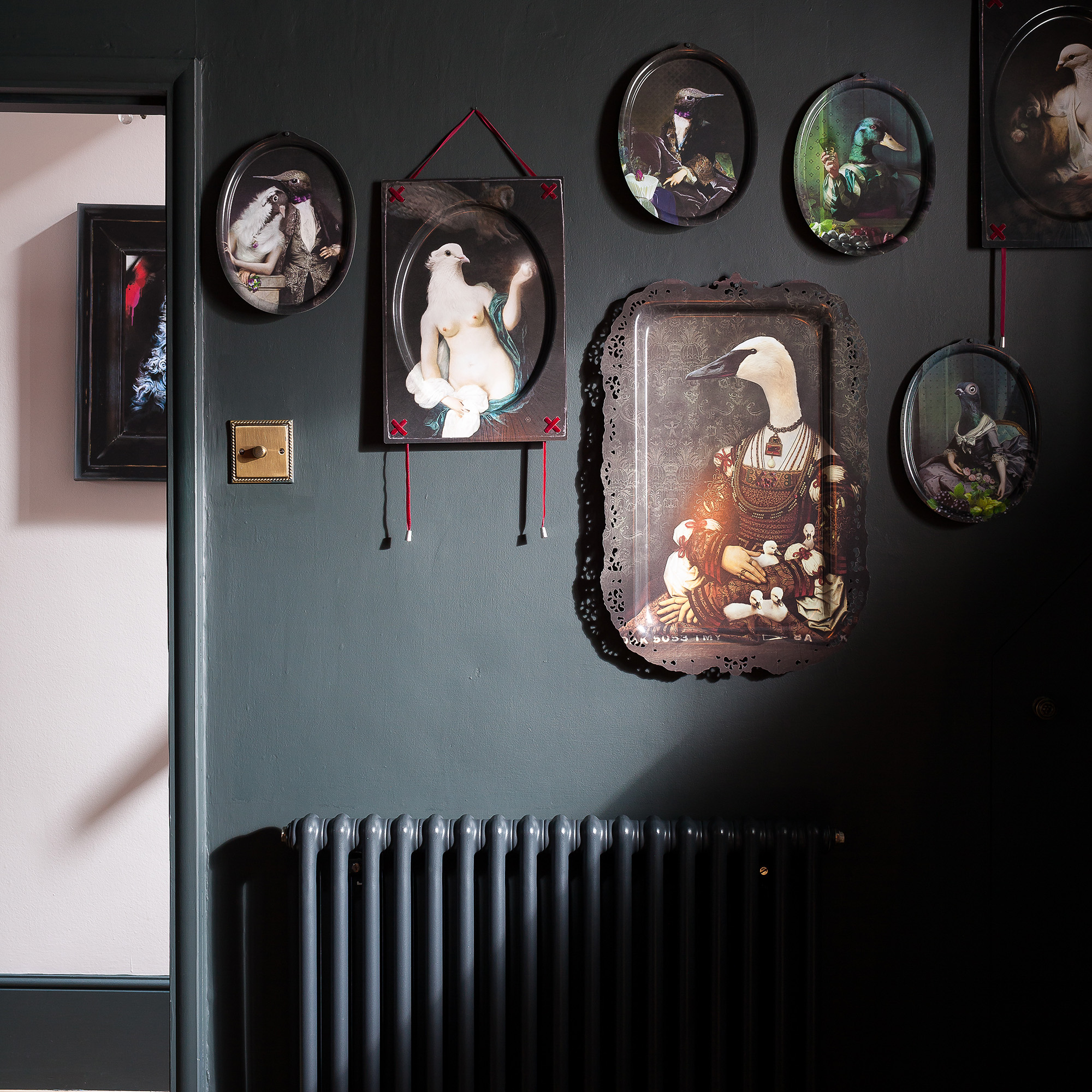
It's easy to think you have to avoid dark paint in a hallway due to it being a space with limited space and light, but leaning into the statement look can actually have a larger impact.
If you're going to go for charcoal, black or navy paint, it's best to max out on colour and match your radiators and doorways to the walls. This way, you can achieve a purposefully intimate aesthetic. And if you're looking to add interest to the dramatic scheme, artwork will be the perfect finishing touch.
'Artwork is one of the most effective ways to add individuality and personality to your space. Particularly in narrow spaces, hanging unique pieces helps to lead the eye down a hallway to make it feel more spacious,' advises Shonagh Gardiner, senior associate interior designer at StudioMorey.
If you're ready or able to invest in original artwork then make use of home decor discount codes to help you find pretty prints for cheap and cheerful prices.
9. Step up your paint game
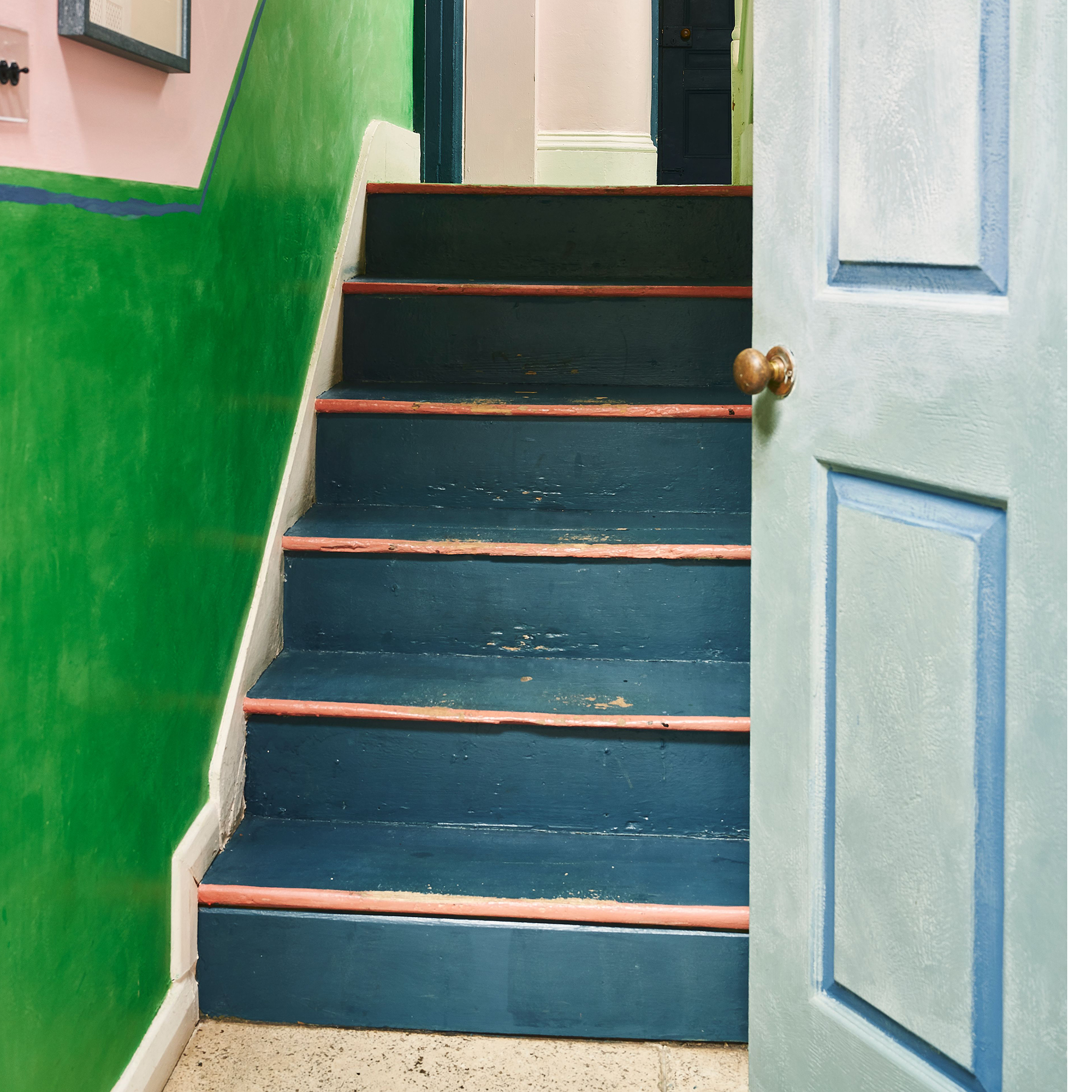
There are more surfaces to paint than just your walls in a hallway – painted stair ideas are the ideal opportunity to play with colour.
'Staircases are an utterly delightful, highly rewarding spaces to experiment and splash around with colour!' says Annie Sloan, colour and paint expert.
'These are dynamic spaces; so, you don’t have to worry about maintaining a calm atmosphere, or about fitting in big furniture such as sofas or wardrobes or televisions which might disrupt the end result.'
For a statement approach, match with the colour of your walls or alternatively mix with a different shade to add dimension to an entryway.
10. Create a striped paint effect
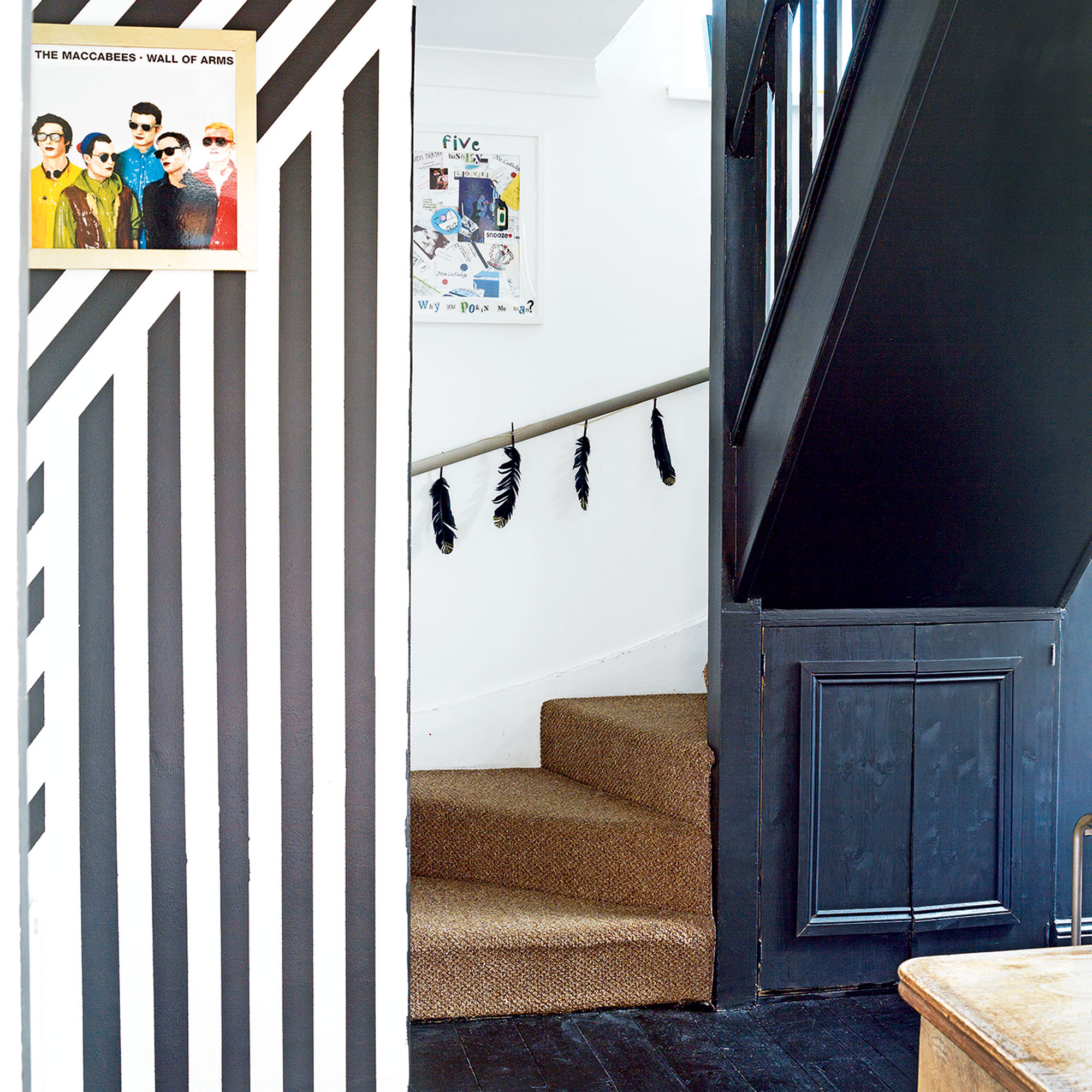
Stripes have always been a staple decorating technique and it's a style easily achieved using paint. It's a great small hallway idea as vertical stripes can help a space with low ceilings feel bigger. Use decorator's tape to section off an area of wall into equal sized stripes and paint in between a contrasting colour to make the stripes stand out.
11. Frame doorways for a focal point
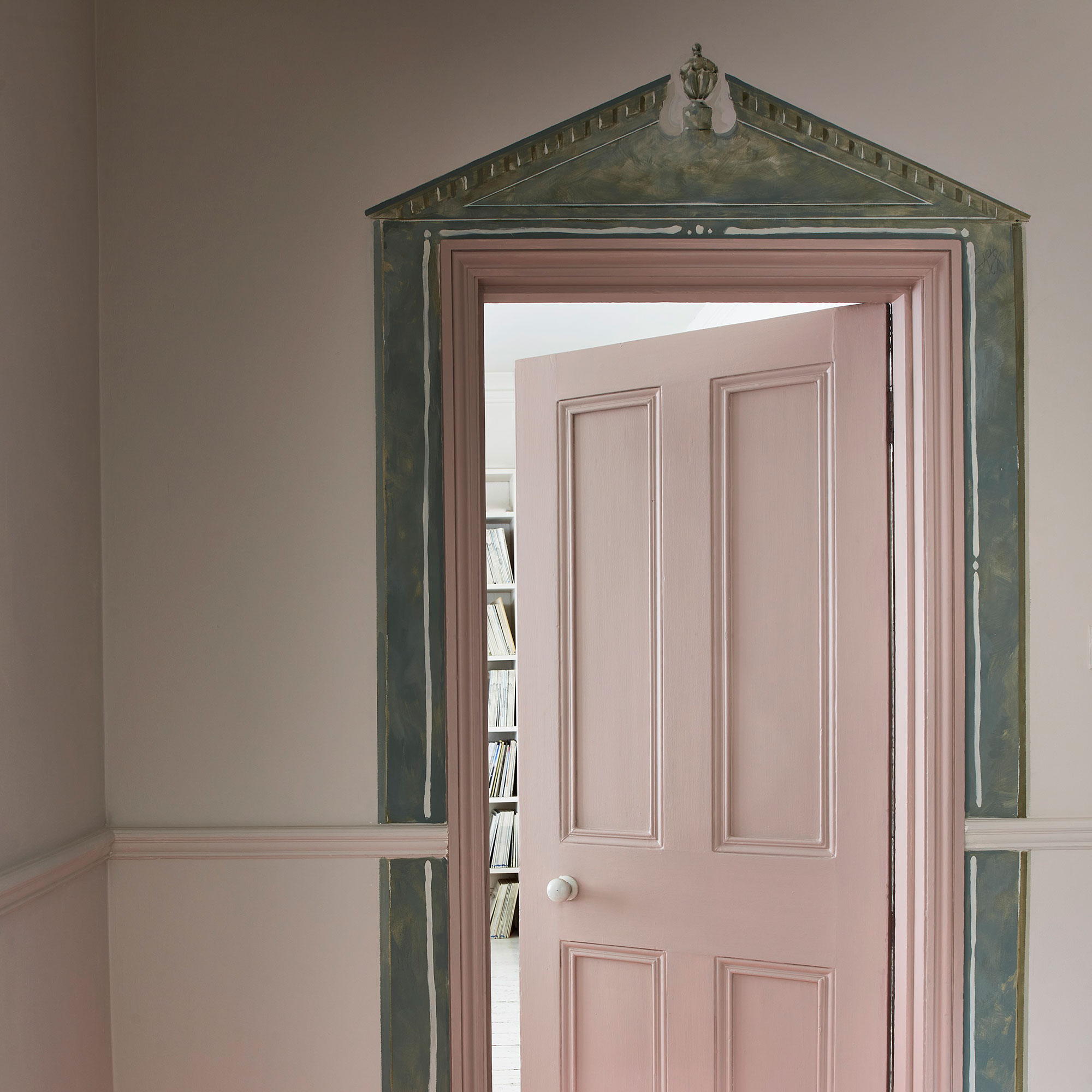
Channel rustic French country style by using paint to frame a door in your hallway. Using several different shades, you can paint a panelling effect around the frame, turning the door into a focal point. Hallways are a great place to experiment with this technique.
'First impressions are everything, which is why your entryway is your opportunity to go all out,' says colour and paint expert Annie Sloan. 'Build a space which delights you every single time you return home, and impresses those lucky enough to get a glimpse at its hallowed halls.
'Given that the space is small, this is your opportunity to go bold and be holistic. I'd paint everything. This will build excitement for the rest of your home and is so much more easily done in a hallway space than in, say, a living room or kitchen.'
12. Choose an abstract style
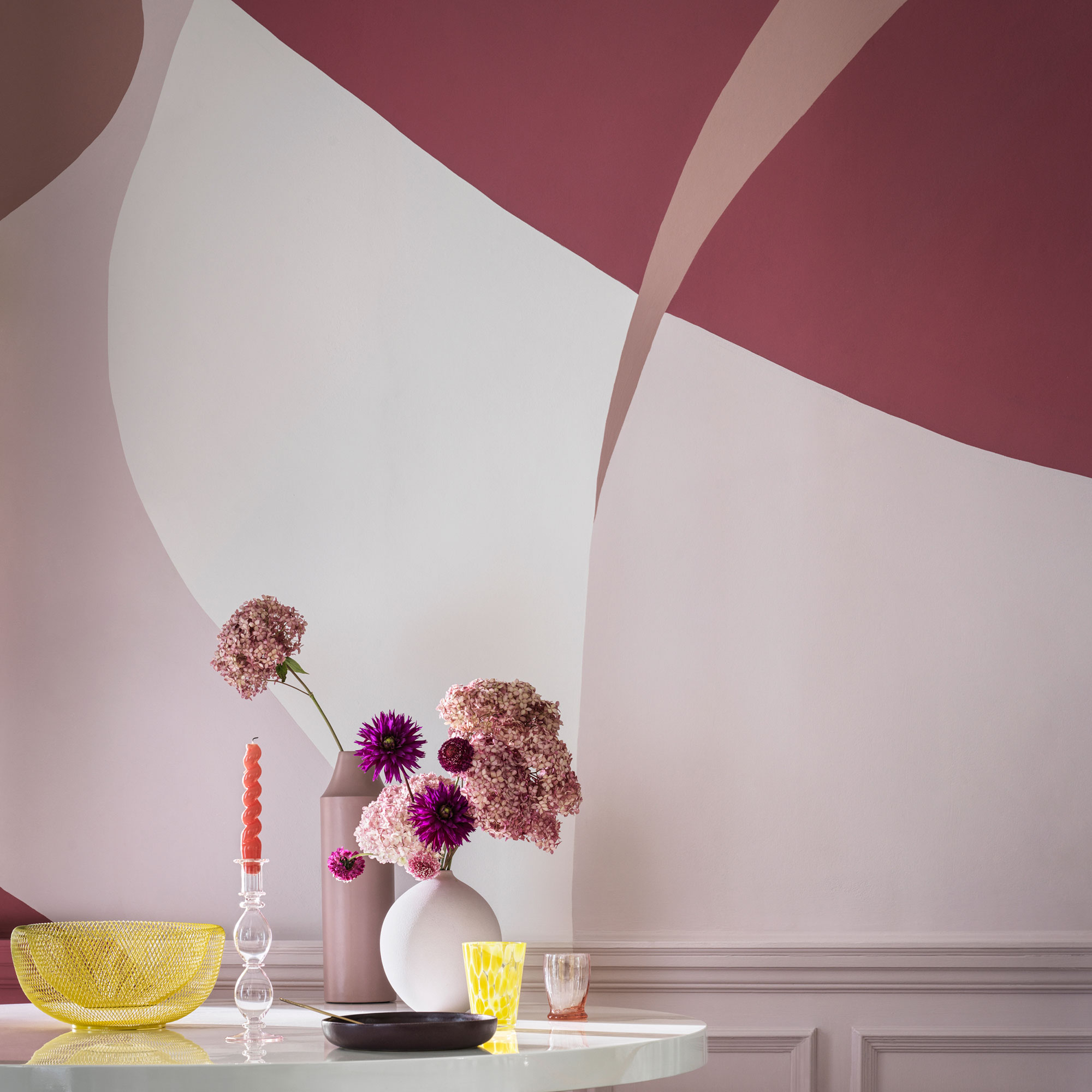
If you want to make a striking impression as soon as people walk through the door, using creative painting techniques. Draw out your design on paper first and lightly copy the design onto your wall with chalk. You can use decorator's tape to divide up the sections if you're using straight lines. This is a great technique to use above panelling, giving a similar effect to wallpaper.
13. Turn a wall into a giant chalkboard
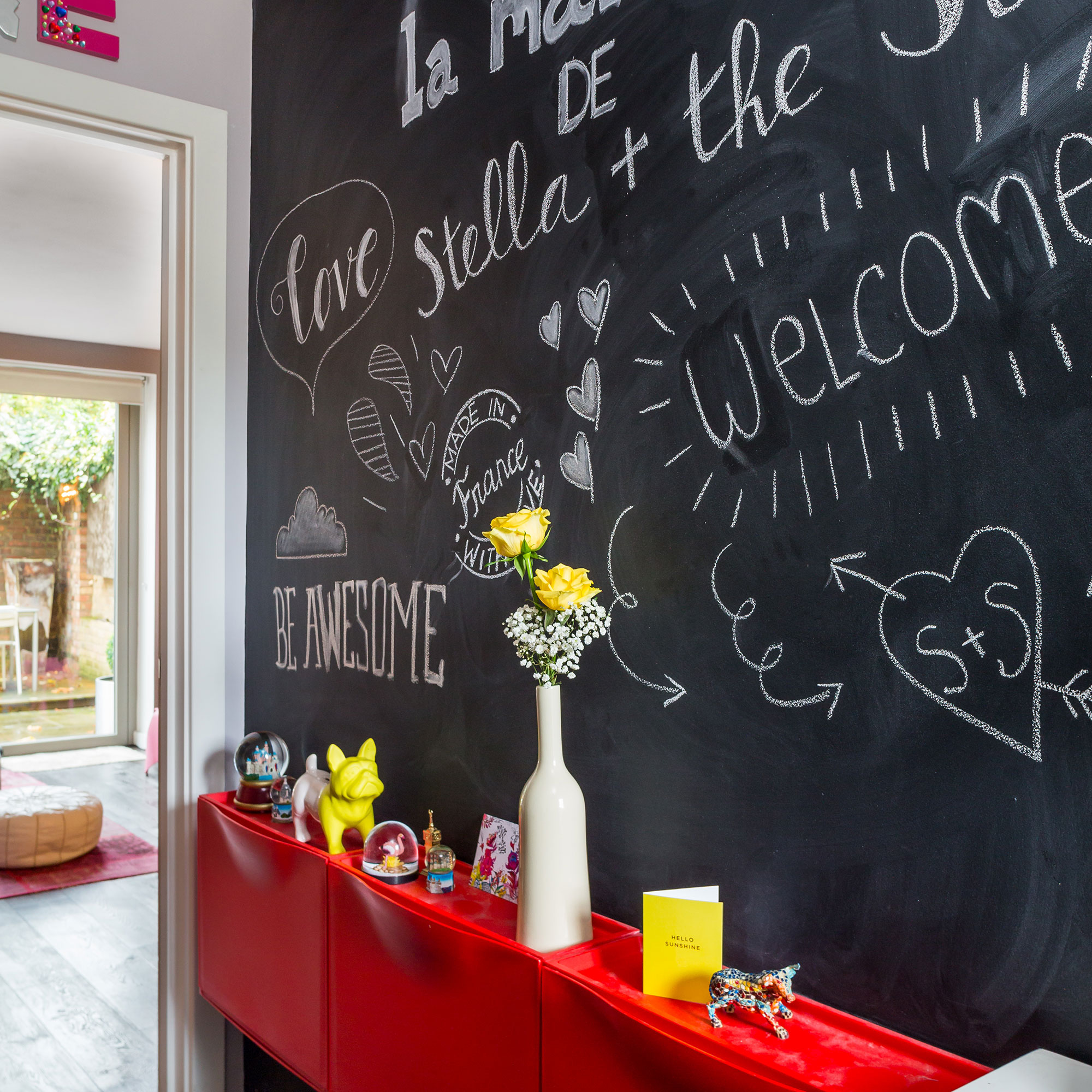
It might seem a bit dramatic to paint a whole wall with chalkboard paint but it's an easy way to add fun to your hallway scheme – plus you can leave notes for family members or jot down your shopping list somewhere you will notice it! Leave a tub of chalk or chalk markers on a side table and let visitors get creative when they stop by.
14. Make an impact with colour drenching
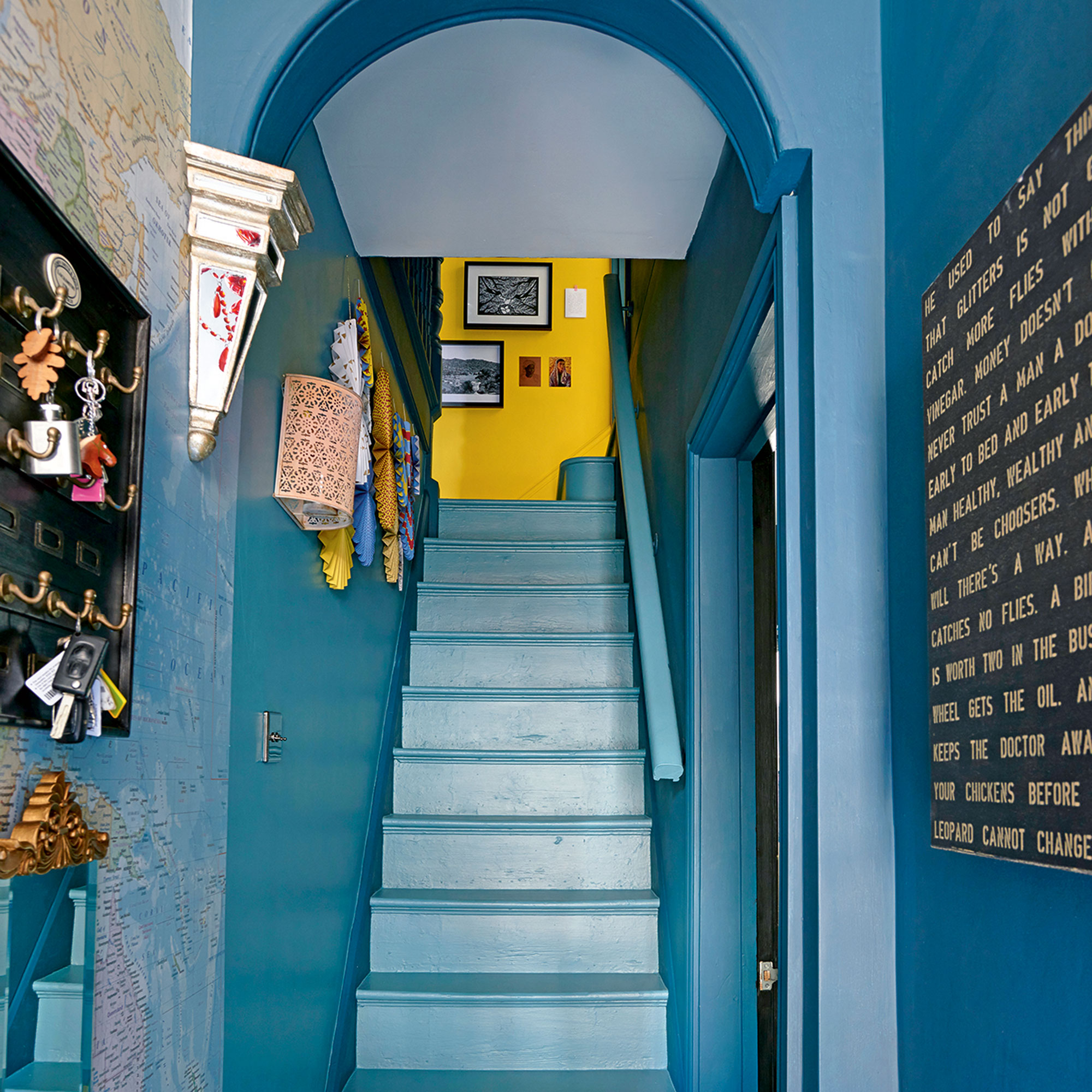
One way to create a dramatic look in your hallway is by colour drenching. Not only does it make a big impact but it can help detract attention away from the size of the space and is a fab when looking at how to make a narrow hallway look wider.
'If you’re lacking space and natural light in your hallway, did you know that both colour drenching and painting your space in a darker colour can actually make your space feel larger by creating a sense of depth? Lick Green 06 is a deep, rich green which, when colour drenched on the walls and ceiling of your hallway, can actually make your space feel bigger,' Tash at Lick says.
15. Combine paint and wallpaper
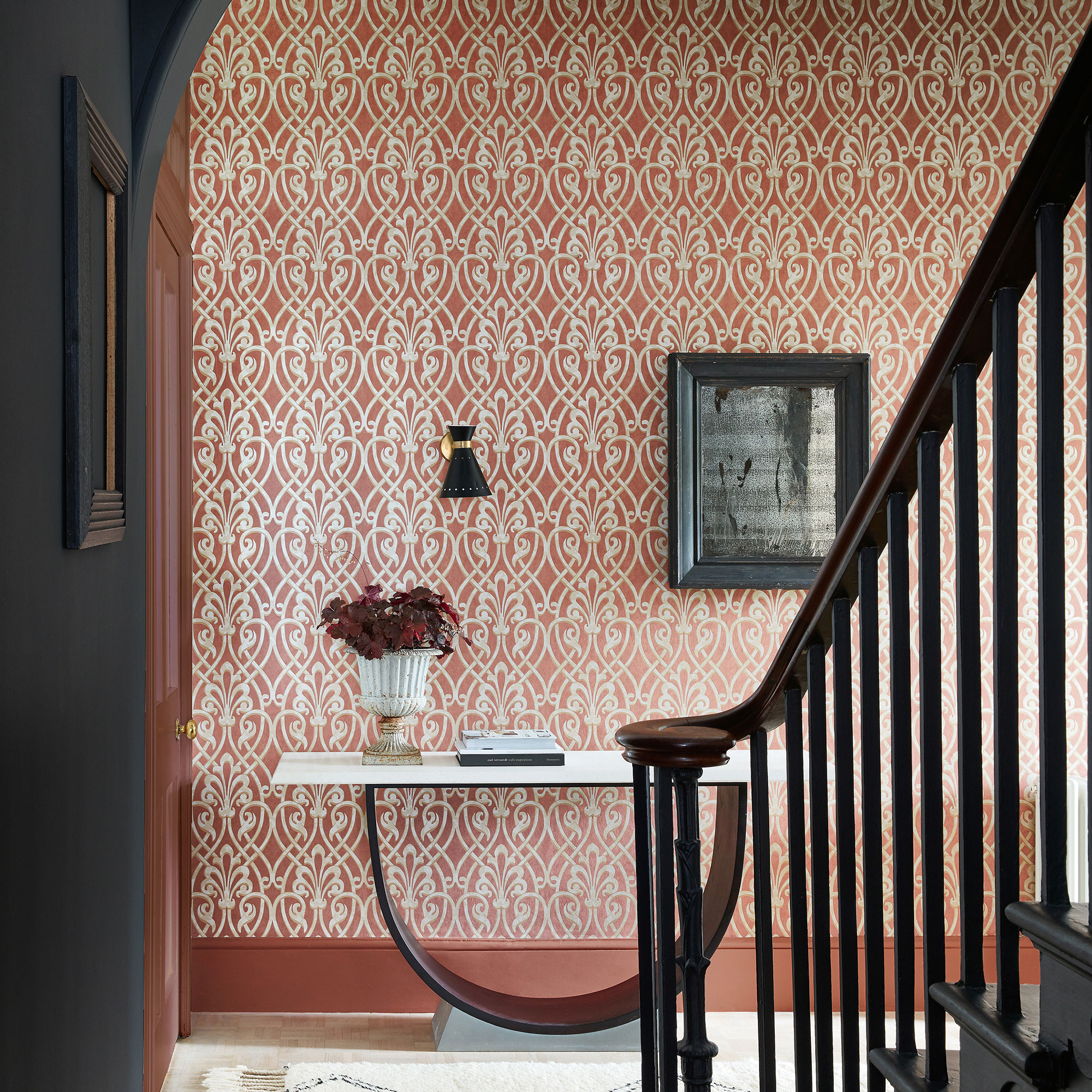
The classic combo is no stranger to our homes and it's another way to make a style statement in your hallway. Choose an accent colour from your hallway wallpaper idea and get it colour matched to paint your woodwork for a cohesive look. To prevent scuffs and scrapes to wallpaper in a busy hallway, cover with a layer of matt varnish to seal it.
16. Create a statement hallway floor
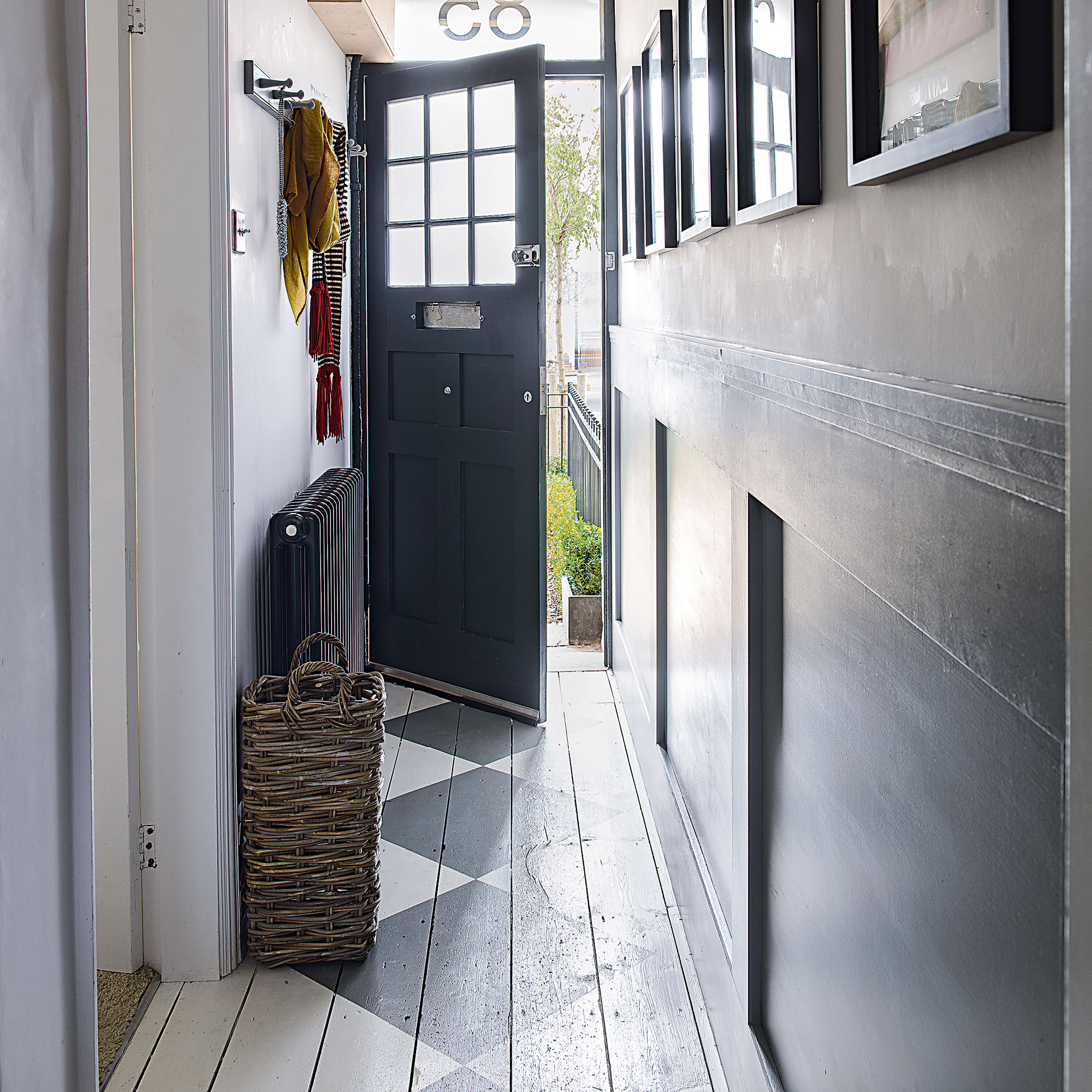
It's not just walls that can be painted in hallways, if you've got wooden flooring that's seen better days why not revamp it with paint? Mark out a tile design using decorator's tape or buy a stencil with a patterned design. Give your flooring a coat of paint in the colour of your choice (darker colours are better at hiding mucky footprints) and, once dry, use your stencil with a contrasting paint colour to create a tiled effect.
'Geometric patterns work really well in hallways,' says Jason Burns at Frogtape. 'Whether you're looking to create a design on the wall or floors, it's always a good idea to draw it out first. Frogtape Multi-Surface Painter's Tape will work well to mask out the shapes you have drawn.
'Make sure to press and rub the edge of the tape to get a good seal. The multi-surface tape means that you can use it on uneven surfaces like a tiled or wooden floor, which might not be completely smooth,' he adds. It's a great way to update your hallway flooring idea on a budget.
17. Have a go at ombré
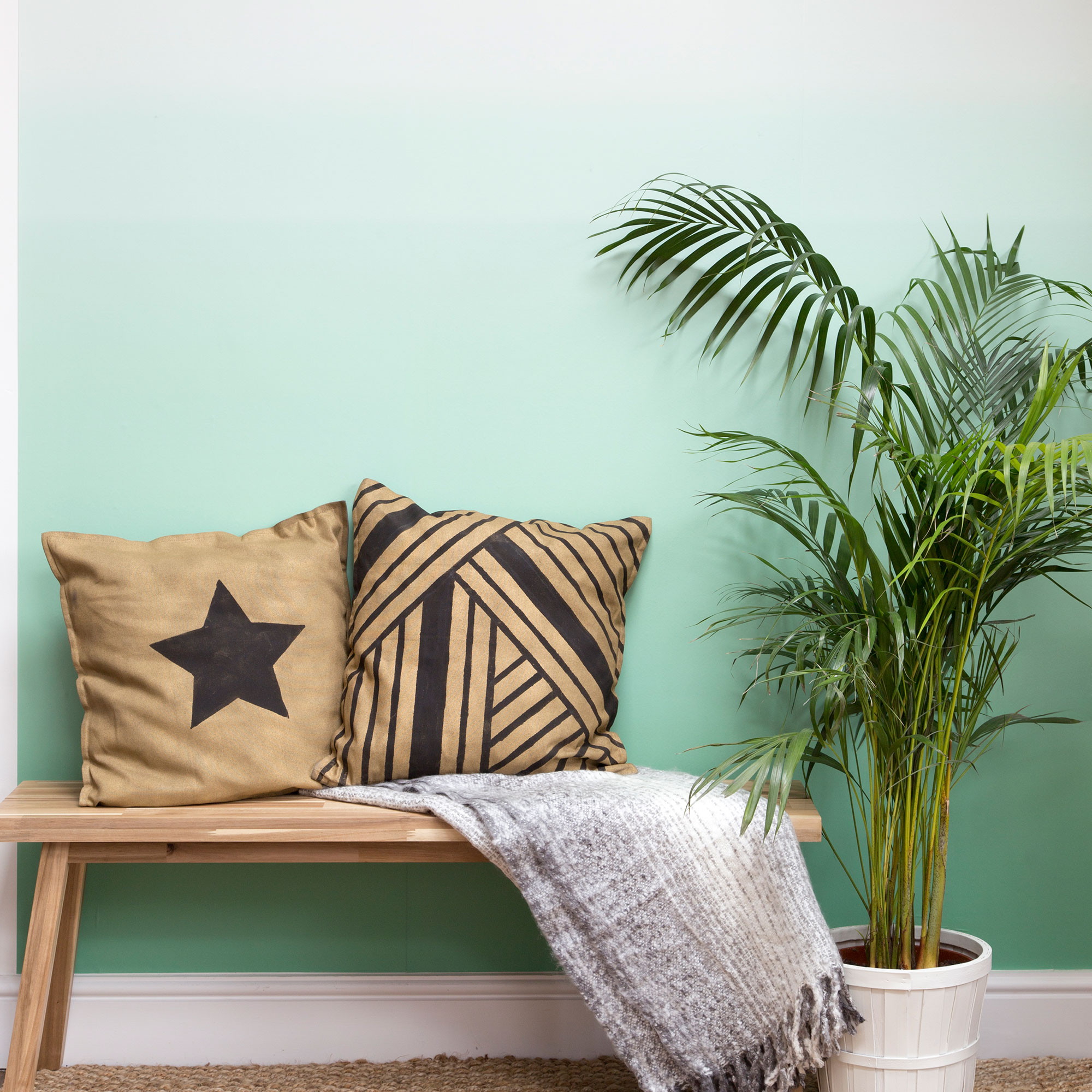
A simple way to add a stunning paint effect to a hallway paint idea, ombré pattern looks visually appealing but it's also a clever design trick. Using a light colour in the top half gives a room the feeling of height, whereas a dark colour in the top half can help a room feel more cocoon-like.
Either choose two contrasting colours like below or for a more relaxed vibe, choose different shades of the same colour going from lighter to darker tones.
18. Try half-height painted walls
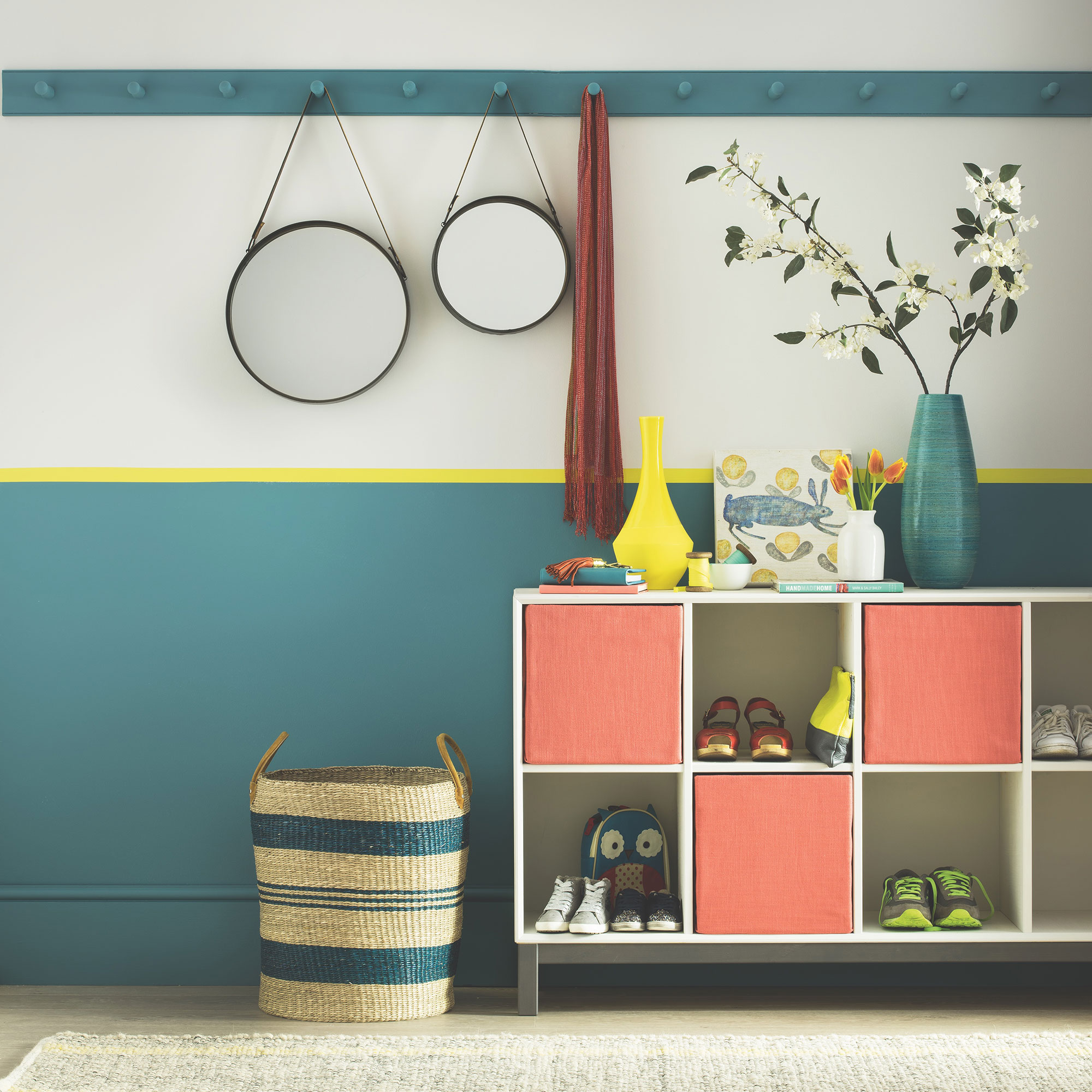
Half-height painted walls are not only a great visual effect, but in a hallway, they are practical too. Painting the bottom half of a wall in a darker shade will help to hide any scuffs and marks, while a lighter shade above will make a small hallway feel brighter.
'Consider painting the lower half of the wall in a dark shade and pair this with a lighter shade on the upper half – this can also heighten the look of your ceiling making it appear more spacious,' Cathryn at Earthborn says.
Hang coat hooks on your wall in a row and paint a horizontal line matching the bottom wall colour to add interest. Do your homework and read up on how to paint a two-tone wall before getting your paintbrushes out!
19. Experiment with paint types
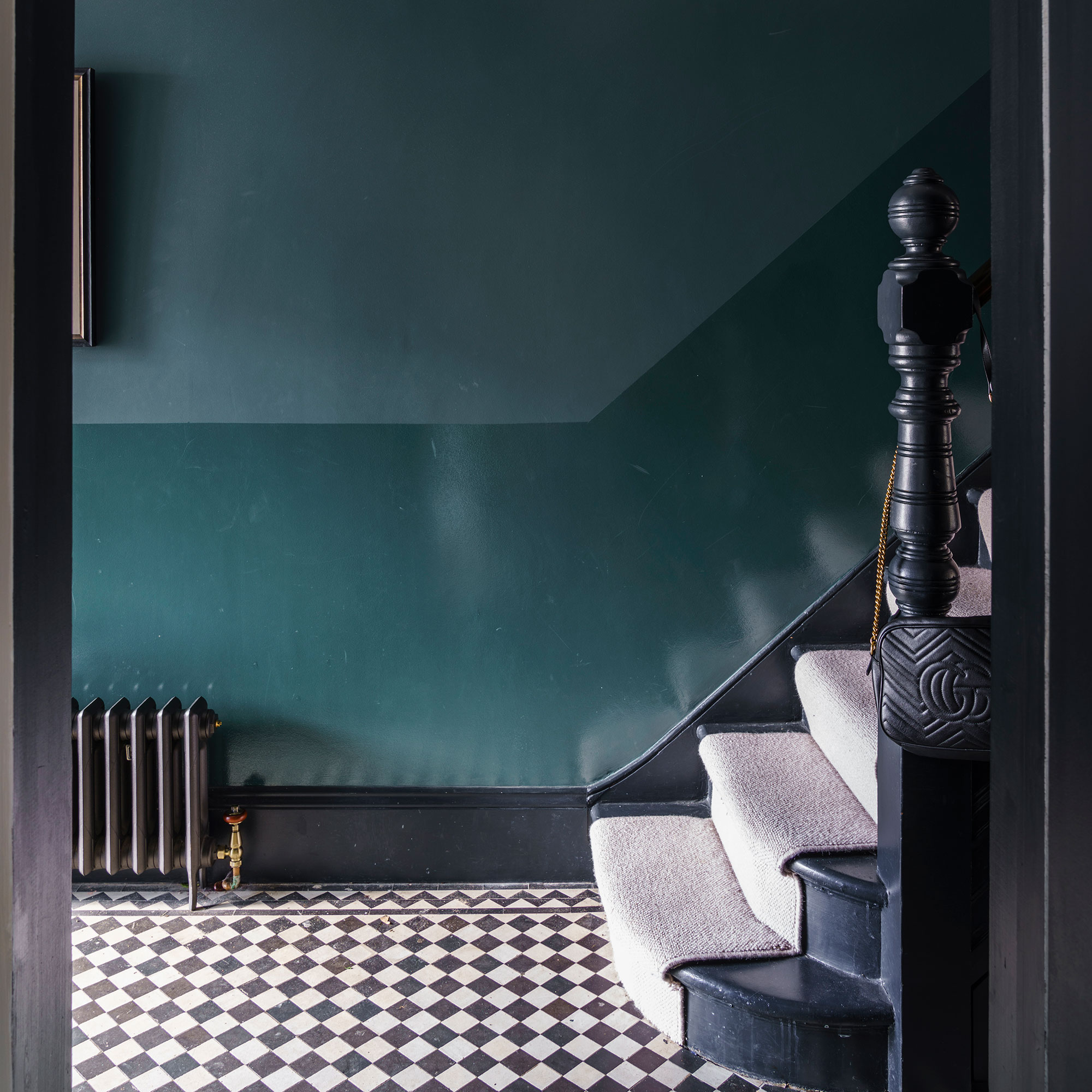
Using different paint finishes is an easy hallway paint idea with maximum impact. 'One easy trick with its simplistic but striking style is using one colour in two finishes,' says Patrick O'Donnell, Farrow & Ball brand ambassador.
'Paint the lower half of the wall to chair rail height in full gloss and carry this over your skirting to accentuate the height – then paint above this in modern emulsion, a fully washable finish but much better on the top half of the wall.'
Although the colour is the same, the different finishes create an interesting contrast, while the glossier finish on the bottom is more resilient to knocks and scrapes.
FAQs
What is the best paint to use in a hallway?
Using a hardwearing and tough paint finish like eggshell is best for hallways. 'Choose a finish that is tough, easy to wipe clean and touch up,' explains Martin Waller, founder of Andrew Martin.
'Hallways are the busiest thoroughfare of your house with people passing past each other at the busiest time of day like the M25! It needs to be practical and stand the test of time.'
Should my hallway be painted the same colour as my living room?
It stands to reason you'll be keen to avoid any hallway decorating mistakes, so this is a good question. 'It's the one room that transitions into all rooms, so all flowing spaces need consideration,' says Emma Coles, in-house stylist at Morris & Co.
'If you go with a light or neutral shade this will blend easily when you move from room to room. This is especially important if you leave doors open, have open plan spaces, or glass doors where you can clearly see through.'
What colour should you paint a hallway with no windows?
Hallways can be tricky spaces to decorate, largely thanks to the narrow shape and size that offers little space for furniture. This means they can often look dark, especially if you don't have any windows on your front door, or leading into other rooms in your home.
Paint offers the ultimate solution to a dark hallway, as you can either lean into a cosy look or choose to brighten it up with a neutral colour.
'Light colours help to create an illusion of space and make a hallway feel brighter,' says Sonnaz Nooranvary, a UK-based upholsterer and interior designer, featured on BBC’s The Repair Shop.
'However, if you want to make an impact and choose a darker colour - paint the ceiling and skirting in the same darker paint colour and add a mirror. By painting the ceiling in the same colour it will make the ceiling feel higher.'
This should set you up for a welcoming, stylish and beautifully painted hallway that perfectly reflects the character of the rest of your home.

Amy Hodge has been working on interiors magazines for over 11 years. She's a freelance writer and sub editor who has worked for some of the UK's leading interiors magazines including Ideal Home, Style at Home and Country Homes & Interiors. She started at Style at Home just after it launched as food editor and is now chief sub editor for Ideal Home, Style at Home and Country Homes & Interiors.
- Holly CockburnContent Editor
- Sara HesikovaContent Editor
-
 I tried out this neat little dehumidifier for a month – it dried my laundry in half the time
I tried out this neat little dehumidifier for a month – it dried my laundry in half the timeThe 20L SmartAir Dry Zone dehumidifier tackled my laundry drying woes head on
By Jenny McFarlane
-
 I’m seeing pastel garden furniture at all my favourite brands this spring, but QVC’s sorbet collection impressed me the most
I’m seeing pastel garden furniture at all my favourite brands this spring, but QVC’s sorbet collection impressed me the mostFresh pastel shades are a great way to liven up your outdoor space
By Kezia Reynolds
-
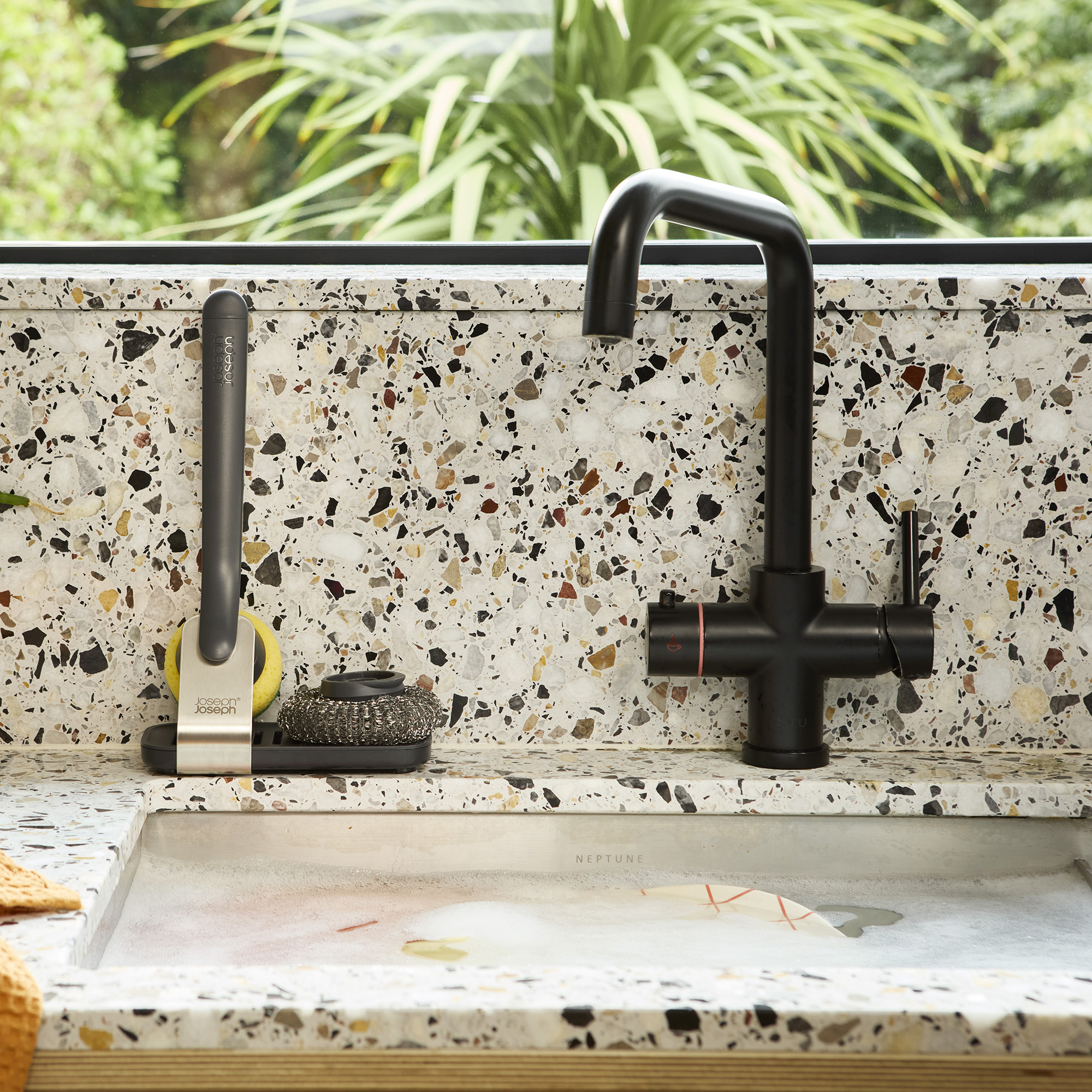 Don't tell my flatmates, but Joseph Joseph's clever new sink range finally made me enjoy washing up
Don't tell my flatmates, but Joseph Joseph's clever new sink range finally made me enjoy washing upI didn't know stylish washing up accessories existed until I saw this collection
By Holly Cockburn